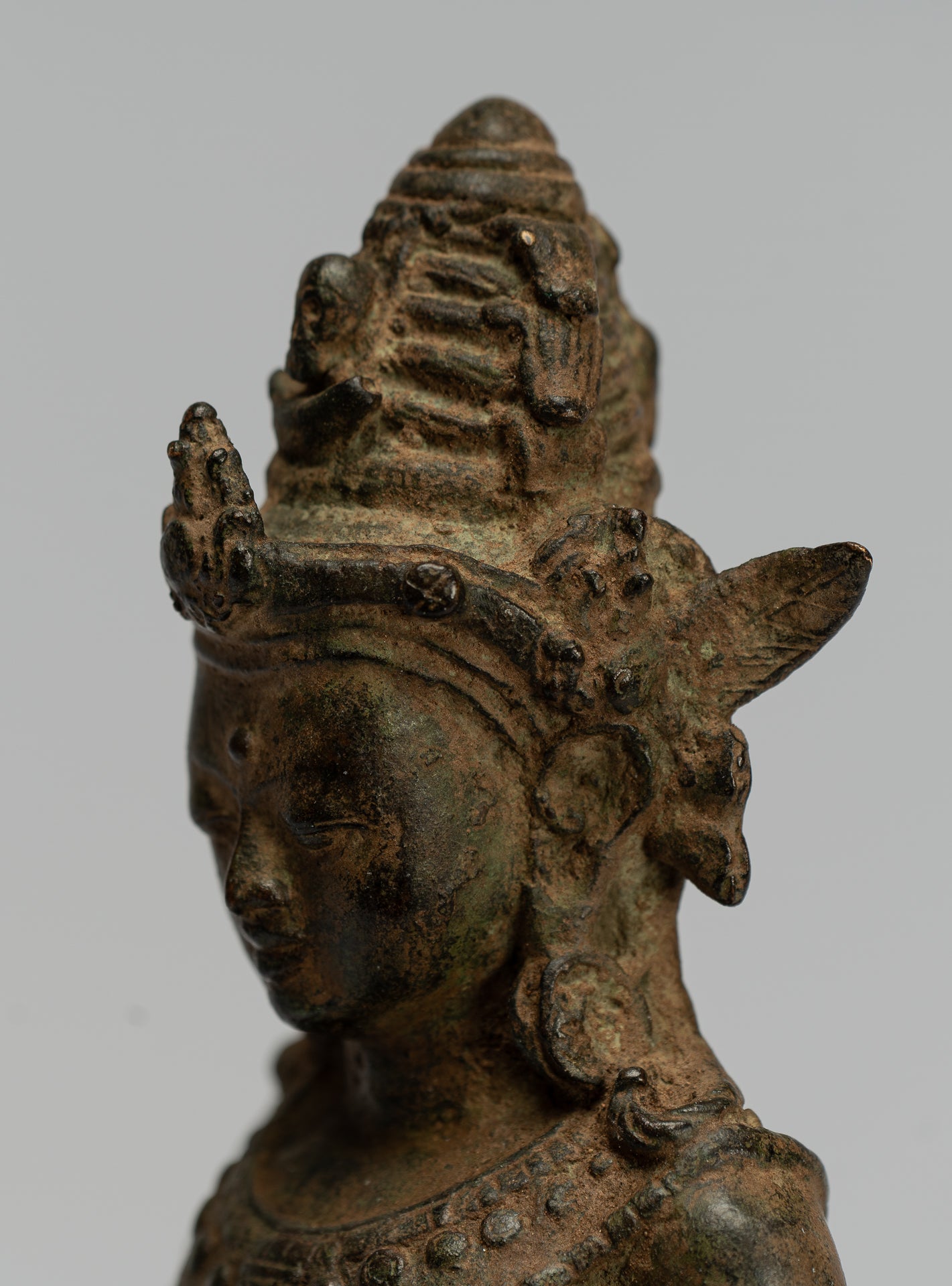
Dancing with the Divine: A Guide to Buying Your Shiva Statue
Introduction
Selecting a Shiva statue is a profound journey into the heart of Hindu spirituality. As the Lord of Dance and the Destroyer in the Holy Trinity, Shiva symbolizes cosmic balance, transformation, and the transcendence of the material world.
In this blog post, we will explore the considerations to help you choose a Shiva statue that resonates with your spiritual aspirations and adds a touch of divine energy to your space.
-
Purpose and Devotional Intent: Begin by reflecting on the purpose of bringing a Shiva statue into your home. Whether for daily worship, meditation, or as a spiritual centerpiece, clarifying your devotional intent will guide your choices. Consider the specific aspects of Shiva's symbolism you wish to emphasize, such as his role as a meditator, dancer, or benevolent deity.
-
Material Matters: Shiva statues come in various materials, each carrying its own symbolism and aesthetic appeal. Traditional materials like bronze or brass exude a timeless quality, while modern interpretations in wood or stone may suit contemporary spaces. Choose a material that aligns with your personal taste and the ambiance you wish to create.
-
Size and Placement: Consider the size of the Shiva statue in relation to the space where it will be placed. Whether it's a small altar, a meditation corner, or a prominent spot in your living room, the size should harmonize with the surroundings. Ensure that the statue's presence enhances the spiritual ambiance without overwhelming the space.
-
Posture and Attributes: Shiva statues are crafted in various postures, each conveying a different aspect of the deity's nature. The most iconic is the Nataraja pose, representing the cosmic dance of creation and destruction. Other common postures include the meditative pose, the blessing pose, or the form of Ardhanarishvara, depicting the union of Shiva and Parvati. Choose a posture that resonates with your spiritual journey and the qualities you seek to invoke.
-
Facial Expression and Third Eye: Observe the facial expression of the Shiva statue, which often reflects the deity's tranquil and meditative nature. The third eye, symbolizing spiritual insight and inner wisdom, is a distinctive feature. Select a statue whose facial features evoke a sense of divine serenity and insight.
-
Symbolic Elements: Pay attention to the symbolic elements incorporated into the Shiva statue. These may include the crescent moon in Shiva's hair, the snake around his neck, the Ganges flowing from his locks, and the trident (trishul) he holds. Each element carries profound symbolism, representing cosmic forces, asceticism, and the divine balance of creation and destruction.
-
Aesthetic Style: Consider the artistic style of the Shiva statue. Whether you prefer a traditional representation with intricate details or a more contemporary design, the aesthetic style should align with your personal taste and complement the overall décor of your space.
-
Budget Considerations: Set a budget for your Shiva statue. While quality statues are available at various price points, it's essential to stay within your budget. Consider investing in a piece that aligns with your spiritual aspirations and aesthetic preferences.
Conclusion
Choosing a Shiva statue is a sacred and personal journey. By contemplating your purpose, considering materials, size, posture, facial expression, symbolic elements, aesthetic style, color, and budget, you can select a Shiva statue that not only enhances your living space but also becomes a powerful symbol of cosmic balance, spiritual insight, and divine energy in your spiritual journey.


